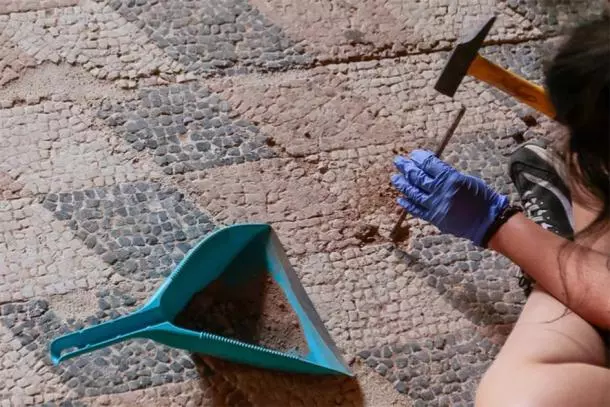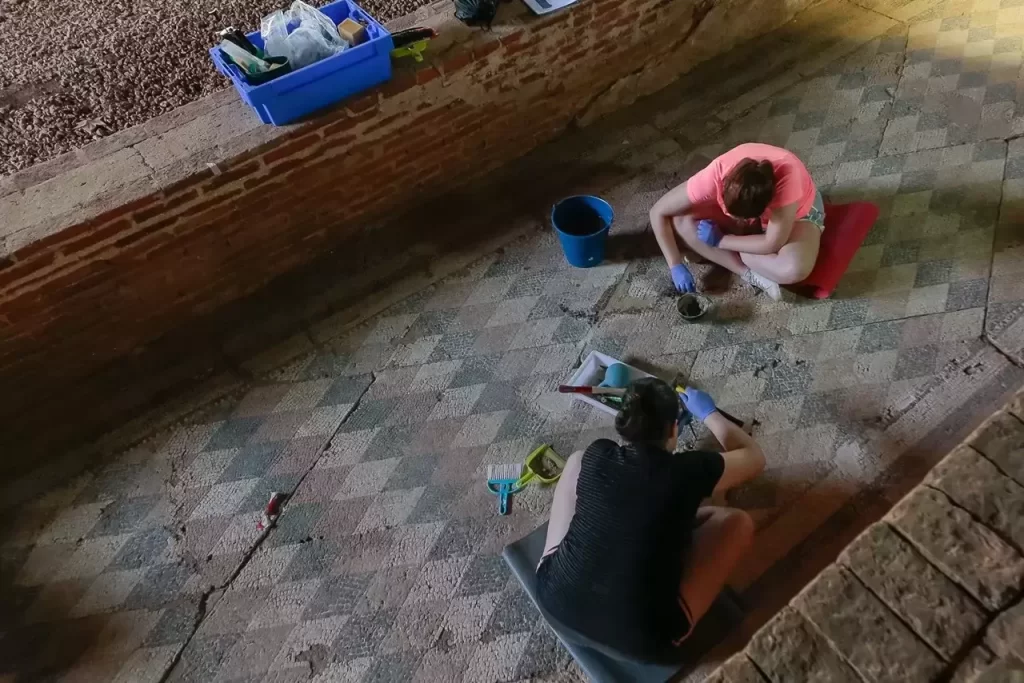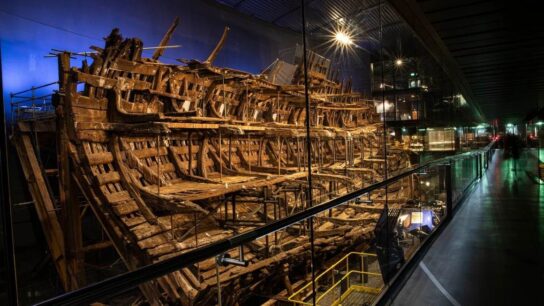Huge Ancient Roman Public Baths in ‘Excellent’ State Discovered in Augusta Emerita
Archaeologists excavating the House of the Amphitheater in Mérida, western Spain, have unearthed a bathing facility that is far larger than the usual baths found in Roman private residences.

Mérida was founded by Augustus in 25 B.C. as Emerita Augusta, a colony for veterans of two of his legions.
It was the capital of the Roman province of Lusitania and prospered as the end-point of the Silver Way, the Roman road linking the capital to the gold and silver mines outside Asturica Augusta (modern-day Astorga) 300 miles to the north.
There are more preserved monumental Roman public buildings than in any other city in Spain. Built between 15 and 8 B.C., the Roman Theatre of Mérida and the Amphitheater of Mérida formed an entertainment complex offering theatrical performances and gladiatorial combat.
The House of the Amphitheater is a suburban domus built adjacent to the amphitheater outside the original defensive walls of the city.
It is structured as a typical Roman urban domus with a central trapezoidal courtyard surrounded by a portico. It is the largest Roman home in Merida, but the recently-unearthed baths are huge in comparison to the house’s size.
Inside the bathing area, [lead archaeologist Ana Maria] Bejarano said her team found “perfectly preserved” individual bathing facilities.
The area featured ample wall and floor decorations, including marble plaques, moldings, paintings and various underground structures associated with the baths, all of which were in outstanding condition.
In most instances, a pool will be found adjacent to a Roman bath site. So far, however, none has been found in the House of the Amphitheater (although the archaeologists plan to keep looking). […]
The installment of such an extensive Roman bath facility suggests huge social gatherings may have been hosted by the homeowner, possibly in connection with the gladiatorial games going on close by.


The excavation of the House of the Amphitheater is part of a series of collaborative projects with several research institutions and universities to explore Mérida’s imposing Roman structures, including the theater.
The goal of the team working on the domus is to expand the excavated spaces and establish more of the house’s chronology.




